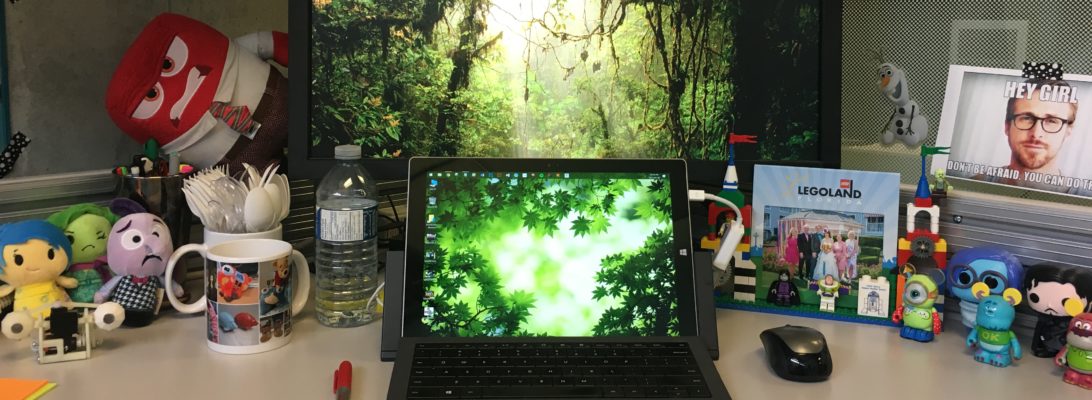In the summer of 2007, I was awarded a Canadian Distributed Mentor Project award and spent the summer continuing my previous work with
Dr. Eleni Stroulia. wiEGO, my summer project, is a java based applet (built off of AnnokiBlooms) that interacts with an open source content management system (Moodle) and a wiki (Annoki) to assist Junior High students with their group projects. Keeping Bloom’s Taxonomy of learning objectives in mind, to enable increasingly rich levels of learning, wiEGO supports a variety of graphic organizer structures of different complexities and enables the association of a single wiki document with multiple graphic organizers. wiEGO is comprised of three main sections.
Moodle
Moodle (Modular Object-Oriented Dynamic Learning Environment) is a platform independent content based management system (CMS) that is used by educators at all levels of education (elementary, secondary and post-secondary) throughout the world. Moodle takes a “constructivist and social constructionist approach to education, emphasizing that learners (and not just teachers) can contribute to the educational experience in many ways” [8]. It is used to post course materials, administer quizzes, create assignments, blogs, message boards, and forums, and manage course content through an online e-learning website. Moodle is not only user friendly for students and teachers, but it is also developer friendly. Everything in Moodle is modular, so any new additions that need to be made, which are called ‘blocks’, are extremely easy to author and implement. All code is written in php.
To implement wiEGO, not many modifications needed to be made to our Moodle installation. I added in a ‘wiEGO Block’ that allows a user to view all of the wiki changes fellow group members have made since their last login to Moodle. A user can select a page title from the list of recent changes and they will not only be taken to this page to view the changes, but also logged into Annoki so they can edit, view or add new pages. This transparent login allows a student to only log in once, to Moodle, and not twice (once to Moodle and once to Annoki).
Annoki

Annoki (Annotated Wiki) is web-based wiki that contains a variety of wiki extensions. A wiki is a website that encourages individuals to collaborate with other via editing and commenting on ‘wiki’ pages. A wiki is an excellant piece of software to use for group project planning because it can track user behavior and allow for an anytime, anywhere collaboration between group members. When a group is writing a final report, this is very efficient because any member can edit a section of the page, and no one will have to email their section of the report to another group member. As well, a teacher can look at the history of a page and determine which group members have collaborated when, and how meaningful their contributions were.
With is in mind, Annoki is based on the very popular Mediawiki software application. Mediawiki is a LAMP system (Linux, Apache Server, mySQL, PHP) that is platform independent. In terms of the wiEGO project, the seamless combination of php and mySQL allows me to easily query the mySQL database and output XML files that can be used in the EGO program.
There are many different extensions and modifications that I added to Annoki to fulfill the wiEGO project. Finally, I needed to update Annoki from version 1.5 to 1.10, which took me roughly 2 weeks. I also added a spellchecker, pdf viewer, task pages, calendar, group access control, special pages to create new group projects (for teachers) and wiEGO extensions to seamlessly allow users to open EGO in a new browser window, to name a few. I also spent a large amount of time on the CSS of the website and changed the wiki skin (Figure 3). Some of the new functionality required me to write some JavaScript to interact with the PHP and mySQL of Mediawiki.
EGO

Because wiEGO contains an extension of AnnokiBlooms it implements a previous toolkit that one of Dr. Stroulia students had created, TOMU. TOMU is java-based applet that reads in an XML XTM file. The XML files TOMU uses are created by our wiki, Annoki. This being said, TOMU queries the database for every wiki pages’ name and associated pages and outputs them to an XML XTM file. This XML file is read by the TOMU toolkit, and TOMU uses a package called TouchGraph to render a topic map.
Keeping with the methods used in TOMU and AnnokiBlooms, EGO also reads in an XML XTM file, but unlike TOMU, EGO can also create new topic maps or edit the existing topic maps. The new graphs can take the form of spider maps, topic maps, timelines, hierarchies or flow charts. Not only are new graphs created in EGO, they are also transformed into new wiki pages, wiki sections or content, meaning that a user can change the wiki content from another source outside of the wiki. By allowing students to do this, we are providing those visual-spatial learners with an alternative method to creating projects, reports and collaborating with their peers.

















